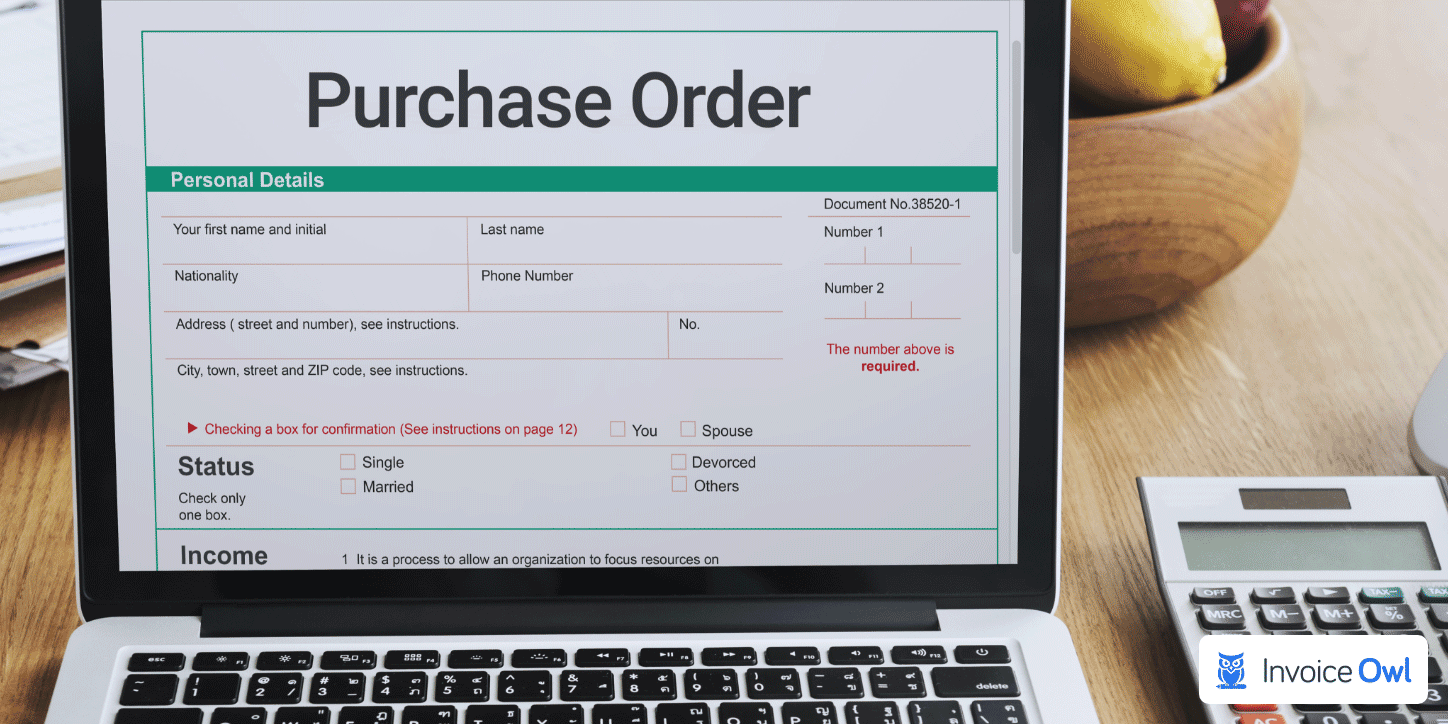The Rise of digital Purchase Orders: Streamlining Procurement and Beyond
In today’s fast-paced business environment, efficiency and agility are paramount. Traditional paper-based purchase orders (POs) are increasingly becoming a bottleneck, hindering smooth operations and impacting overall business performance. Enter the digital purchase order, a revolutionary solution that is transforming the way businesses procure goods and services.
This article delves into the intricacies of digital purchase orders, exploring their benefits, implementation strategies, and the profound impact they have on modern procurement processes.

1. Understanding Digital Purchase Orders
A digital purchase order is an electronic document that authorizes the purchase of goods or services from a supplier. Unlike traditional paper-based POs, which involve manual processes like printing, signing, and mailing, digital POs are created, approved, and transmitted electronically through a dedicated software platform.
Electronic Format: Available in various digital formats such as PDFs, XML, or within a dedicated procurement software.

2. Benefits of Implementing Digital Purchase Orders
The transition to digital POs offers a multitude of benefits for businesses of all sizes:
Automation of Manual Tasks: Automates time-consuming tasks such as data entry, order processing, and invoice reconciliation, freeing up valuable time for procurement teams to focus on strategic initiatives.
Real-time Order Tracking: Provides real-time visibility into order status, delivery schedules, and potential delays, enabling proactive issue resolution.
Centralized Platform: Provides a centralized platform for all procurement-related information, facilitating seamless communication and collaboration between buyers, suppliers, and other stakeholders.
Reduced Administrative Costs: Automates manual tasks, reducing the need for administrative staff and associated costs.
3. Implementing Digital Purchase Orders: A Step-by-Step Guide
Successfully implementing digital purchase orders requires careful planning and execution. Here’s a step-by-step guide:
Analyze existing procurement processes, identifying pain points and inefficiencies.
Evaluate different procurement software solutions based on features, pricing, scalability, and integration capabilities.
Integrate the procurement software with other enterprise systems such as ERP, CRM, and accounting systems to ensure seamless data flow.
Provide comprehensive training to all users, including procurement professionals, suppliers, and other stakeholders.
Continuously monitor the performance of the system and identify areas for improvement.
4. Challenges and Considerations
While digital purchase orders offer numerous benefits, businesses may encounter some challenges during implementation:
Resistance to Change: Overcoming resistance to change from employees who are accustomed to traditional paper-based processes.
5. The Future of Digital Purchase Orders
The future of digital purchase orders is bright, with ongoing advancements in technology driving further innovation:
Artificial Intelligence (AI) and Machine Learning (ML): AI and ML algorithms are being increasingly used to automate tasks, predict demand, and optimize procurement processes.
6. Conclusion
Digital purchase orders are no longer a futuristic concept but a critical component of modern procurement processes. By embracing digital technologies, businesses can streamline operations, improve efficiency, reduce costs, and gain a competitive advantage.
The transition to digital POs requires careful planning and execution, but the long-term benefits are significant. By effectively implementing and optimizing digital PO solutions, businesses can unlock their full potential and thrive in today’s dynamic and competitive marketplace.
This article provides a comprehensive overview of digital purchase orders, covering their key characteristics, benefits, implementation strategies, challenges, and future trends. It aims to provide valuable insights for businesses looking to modernize their procurement processes and enhance their overall business performance.
digital purchase order
